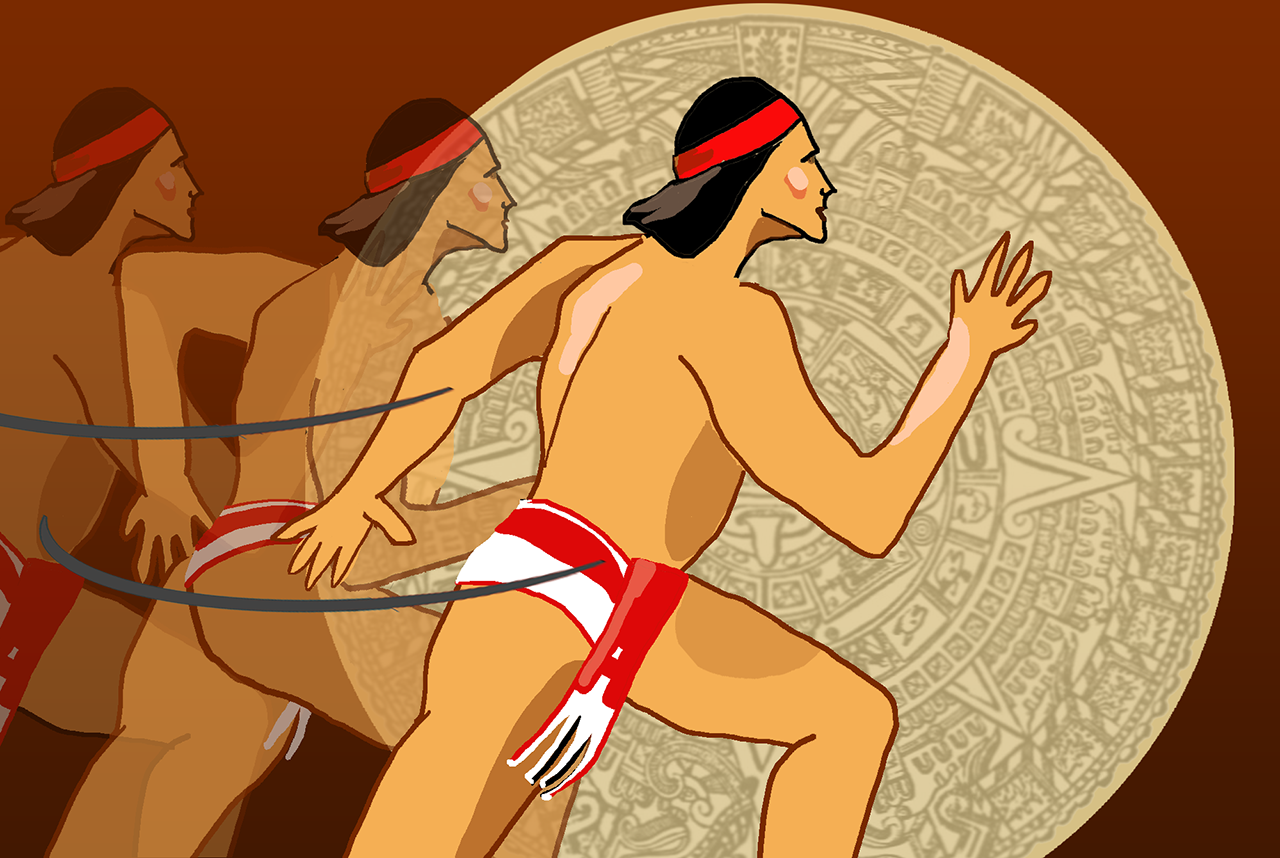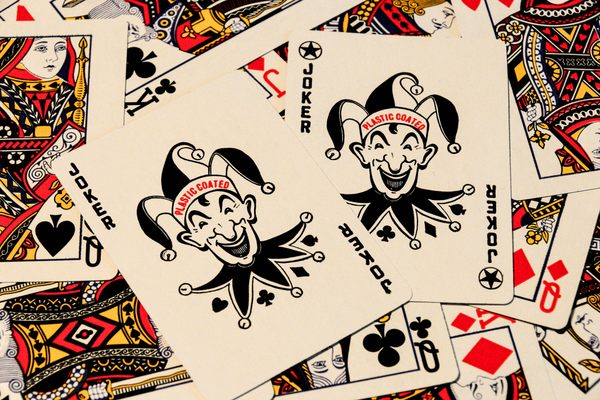To Work Out Like an Aztec, Play Hard Ball or Invest in Sneakers
Turns out there’s a lot of running involved in running an empire.
Long before sports leagues around the world were abruptly put on hold, and centuries before they were founded, Mesoamerican cultures were having a ball on courts of their own. The Olmecs, Maya, and Aztecs all had variations of a ball game, but the Aztecs may have had the most well-known version of the affair, which sometimes culminated in heads rolling, along with the ball.
Though human sacrifice is thankfully off the table today, the game—or a makeshift analog thereof—is still playable, at home, with the right equipment. And in the midst of a global pandemic, it helps to have the right conditions too.
In some parts of the world, life as we knew it is beginning to resume. (This may change when a second wave of coronavirus infections occur, but for now, many countries in Asia and Europe, and some U.S. states, have begun slowly returning to business as usual.) For team sports, from Korean baseball to Spanish soccer, that means playing in stadiums and arenas without fans. And if those athletes can do it in those eerily quiet venues, so too can you in your local park.
Mesoamerican ballgames long precede the Aztecs, though they were a mainstay by the time Aztec society developed, in the early 14th century. The rules are still a matter of debate, as archaeologists have had to work backwards from the court remains to figure out how these games may have been played. But they likely featured two teams and players acrobatically moving a rubber ball up and down the court. Some ballcourts, like the large one at Chichén Itzá, had tall wall-mounted hoops—a forerunner of modern basketball, perhaps, albeit one with far less scoring.

Needless to say, reenacting the games played under those conditions is impossible at home (or without a critical mass of players). But if you’re in a part of the globe that’s been hit especially hard by the coronavirus, there’s an alternative.
“One of the ways in which modern scholars can begin to enter into the nuances of Mexica [aka Aztec] culture is through language,” writes John Schwaller, an Aztec historian at the University of Albany, on the educational company Mexicolore’s website. Schwaller enumerates the instances of Nahuatl (the Aztec language) words that refer to running—paina, tlaloa, totoca, and tlacza—in the Florentine Codex, a fairly comprehensive 16th-century study of Mesoamerica.
Not all of that running was recreational—there were messages that needed delivering, and some runs had a ritual purpose—but the distances were great enough that extensive training was required. Luckily for you, running hasn’t gone out of style, unlike the Mesoamerican ball games. Plus, with no other people and few materials required, it makes for attainable exercise.
Though not Aztec per se, the indigenous Rarámuri of Chihuahua, Mexico, make for a good modern equivalent. Famous for their distance running—the lengths of which vary, but a relatively “low-distance” jog can total 150 miles—the Rarámuri make ultramarathons look like walks in the park.
The long runs are a regular part of Rarámuri life—a far cry from the months of focused training many of us do for a single 26-mile marathon. As John Kennedy, a UCLA anthropologist, told The New York Times in 1994, if running “were removed from Tarahumara life, the effect would be greater than if some sporting activity were dropped from our own culture.

For the Aztecs, the ballgames and running were similarly essential institutions. Ballgames were played on every social level, and sometimes had ceremonial or state-related functions. And running was a key part of communicating across the vast Aztec empire.
In The Fifteenth Month: Aztec History in the Rituals of Panquetzaliztli, Schwaller describes the extensive messenger network that vined across the empire, where couriers would run messages to the next courier, in a relay to get the mail to its destination. Hernán Cortés, the conquistador, once estimated that a team of Aztec runners could cover 260 miles—10 marathons—in a single day.
Though the invading Spanish eventually killed off the Aztecs and their empire, some Aztec traditions have continued to this day. If you’re stuck at home, you can don some sneakers and run like an Aztec (or at least like a Rarámuri). And once your quarantine ends, you can find a rubber ball, grab some friends, and get to work on your own iteration of a revived Mesoamerican pastime.
Whatever you do, remember the fundamental rule of getting fit, which hasn’t changed in millennia: No pain, no gain.















Follow us on Twitter to get the latest on the world's hidden wonders.
Like us on Facebook to get the latest on the world's hidden wonders.
Follow us on Twitter Like us on Facebook